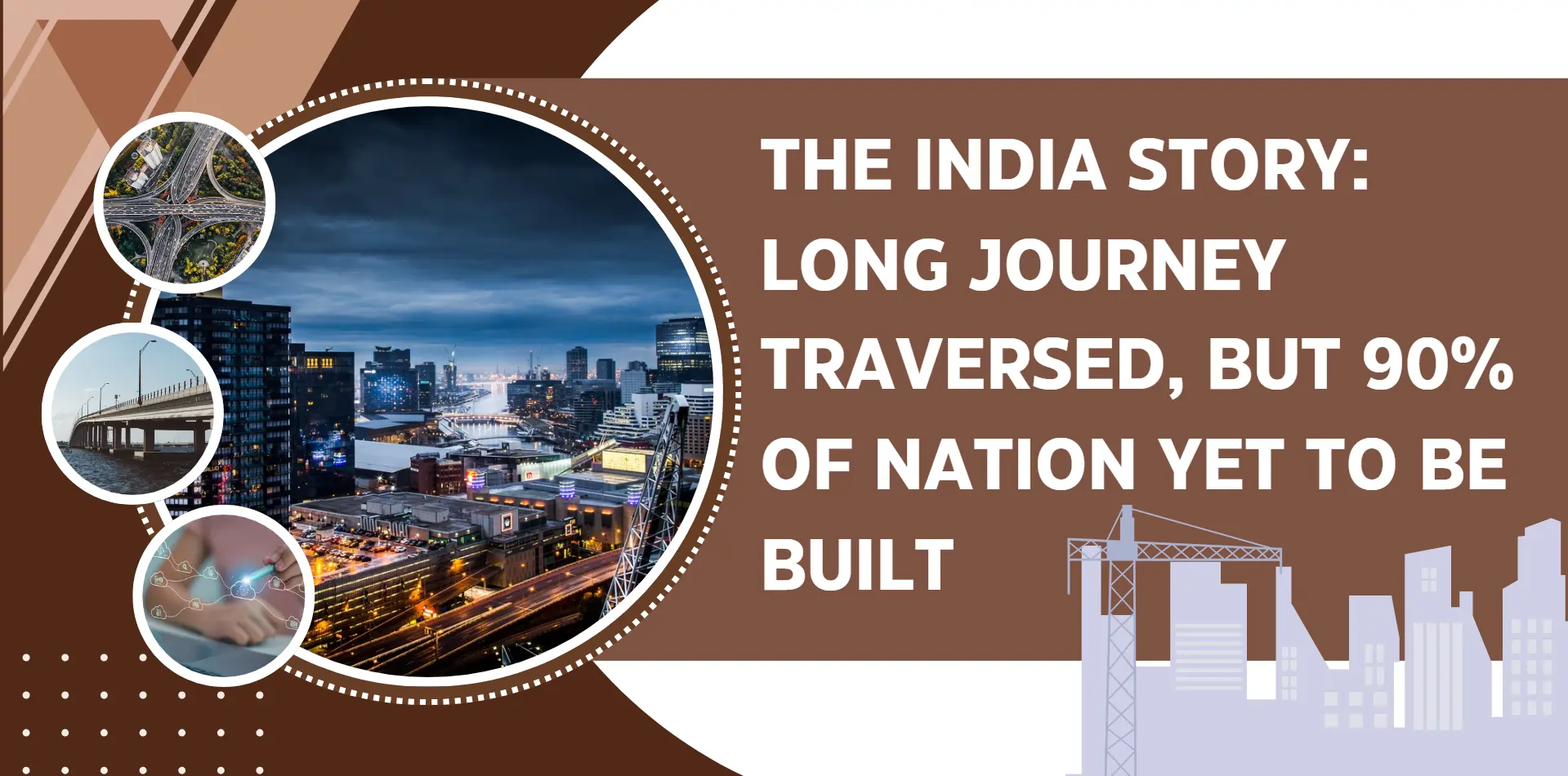History of India: India’s history is a vibrant tapestry woven from ancient civilizations, mighty empires, cultural revolutions, and resilient struggles. Spanning over five millennia, it is a story of innovation, diversity, and transformation. Let’s embark on a chronological voyage through the key epochs that shaped this subcontinent.
Ancient India: Cradles of Civilization
Indus Valley Civilization (3300–1300 BCE)
India’s narrative begins with the Indus Valley Civilization, one of the world’s earliest urban cultures. Flourishing along the Indus River, cities like Harappa and Mohenjo-Daro showcased advanced urban planning, grid layouts, and drainage systems. Trade extended to Mesopotamia, and a script (still undeciphered) hinted at a sophisticated society. Environmental shifts and declining trade likely led to its decline.
Vedic Age (1500–500 BCE)
The arrival of Indo-Aryan tribes introduced the Vedic period, marked by the composition of the Vedas—sacred texts foundational to Hinduism. Society stratified into the varna system (early caste structure), and rituals centered on fire sacrifices. The later Vedic era saw the rise of janapadas (tribal kingdoms) and the Upanishads, which emphasized spiritual philosophy.
Maurya Empire (322–185 BCE)
Chandragupta Maurya unified northern India, establishing an empire stretching from Afghanistan to Bengal. His grandson, Ashoka (r. 268–232 BCE), transformed after the bloody Kalinga war, embracing Buddhism and spreading its teachings across Asia. Edicts carved on pillars promoted morality and non-violence, leaving a lasting legacy.
Gupta Empire (320–550 CE): The Golden Age
Under the Guptas, India experienced a cultural renaissance. Scholars like Aryabhata advanced mathematics (introducing zero), Kalidasa composed timeless Sanskrit literature, and Nalanda University emerged as a global learning hub. This era solidified Hindu temple architecture and classical arts.
Medieval India: Dynasties and Synthesis
Delhi Sultanate (1206–1526)
Central Asian Turkic dynasties, notably the Slave Dynasty and the Khiljis, established the Delhi Sultanate. Persian influences blended with local traditions, while architectural marvels like the Qutub Minar arose. The Bhakti and Sufi movements fostered spiritual unity across religions.History of India
Mughal Empire (1526–1857)
Babur’s victory at Panipat in 1526 birthed the Mughal Empire, peaking under Akbar (r. 1556–1605), whose policies of religious tolerance and administrative efficiency unified a vast realm. Shah Jahan’s Taj Mahal epitomized Mughal architectural splendor, while Aurangzeb’s rigid rule sowed seeds of decline.
Regional Kingdoms
While the Mughals ruled the north, the Vijayanagara Empire (1336–1646) in the south and the Marathas (1674–1818) in the west asserted regional power, fostering distinct cultural and political identities.
Colonial Era: Struggle for Sovereignty
European Arrival and British Raj
Portuguese explorer Vasco da Gama’s 1498 landing in Kerala opened India to European trade. The British East India Company, after the Battle of Plassey (1757), gradually colonized the subcontinent. The 1857 Rebellion against Company rule led to direct British Crown control, marked by economic exploitation and cultural suppression.History of India
Independence Movement
The 20th century saw a unified struggle against colonialism. Mahatma Gandhi’s non-violent resistance (Satyagraha), Jawaharlal Nehru’s vision, and grassroots movements culminated in independence on August 15, 1947. The partition, however, birthed India and Pakistan, triggering mass displacement and violence.
Modern India: Republic and Global Power
Post-Independence (1947–Present)
India became a republic in 1950, adopting a democratic constitution. Nehru’s socialist policies laid the groundwork for modernization, while Indira Gandhi’s tenure saw both progress and turmoil. Economic liberalization in 1991 propelled India into globalization, spurting technological and economic growth.History of India
Cultural Legacy and Challenges
India’s diversity—home to over 2,000 ethnic groups and 22 official languages—is its strength. Yet, challenges like poverty, caste discrimination, and religious tensions persist. Today, as a nuclear-armed state and spacefaring nation, India balances tradition with innovation, striving for inclusive development.History of India
Conclusion – History of India
India’s history is a testament to resilience and adaptation. From the Indus Valley to digital revolutions, it continues to evolve, embracing its pluralistic ethos while navigating modern complexities. As the world’s largest democracy, India’s journey remains an inspiring saga of unity in diversity. History of India
— This article offers a glimpse into India’s rich past, a foundation for understanding its dynamic present and future. History of India


 Watch
Watch
 CASUAL WEAR
CASUAL WEAR
[…] India, the world’s largest democracy and one of the fastest-growing economies, is a nation of vibrant cultures, deep-rooted traditions, and remarkable technological advancements. For American readers looking to understand India beyond Bollywood and spicy cuisine, this article will provide a comprehensive overview of the country’s history, economy, culture, and its growing influence on the global stage. […]